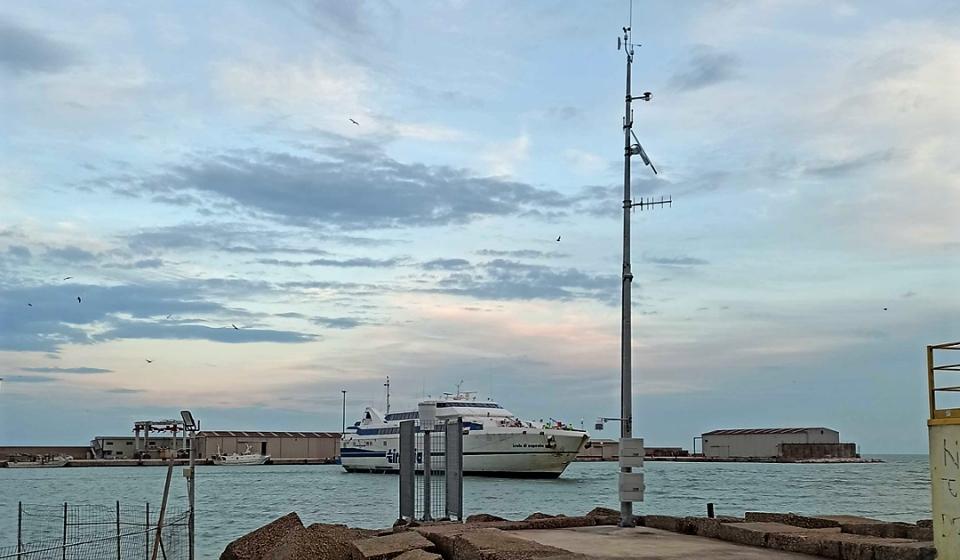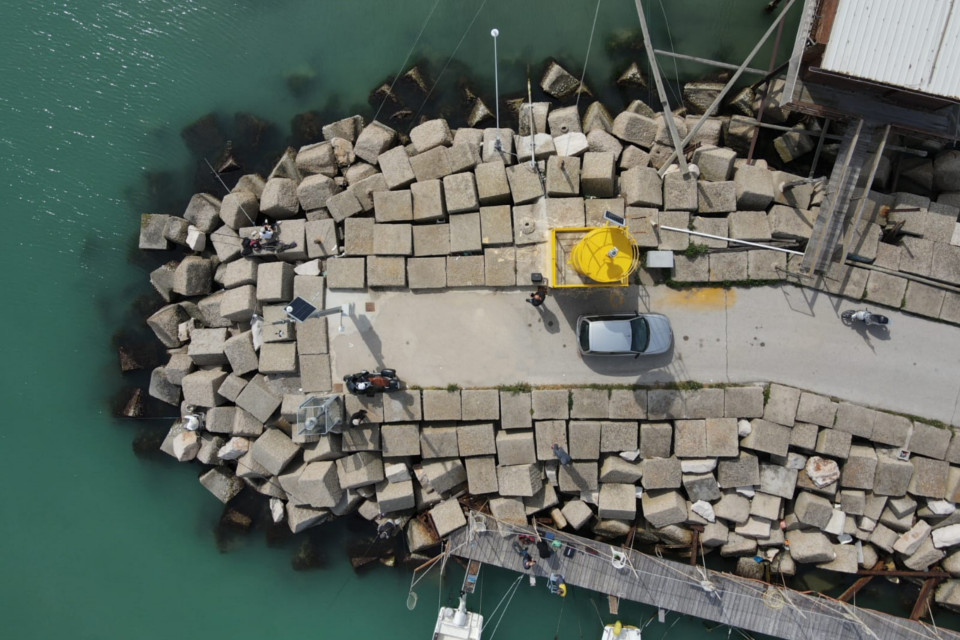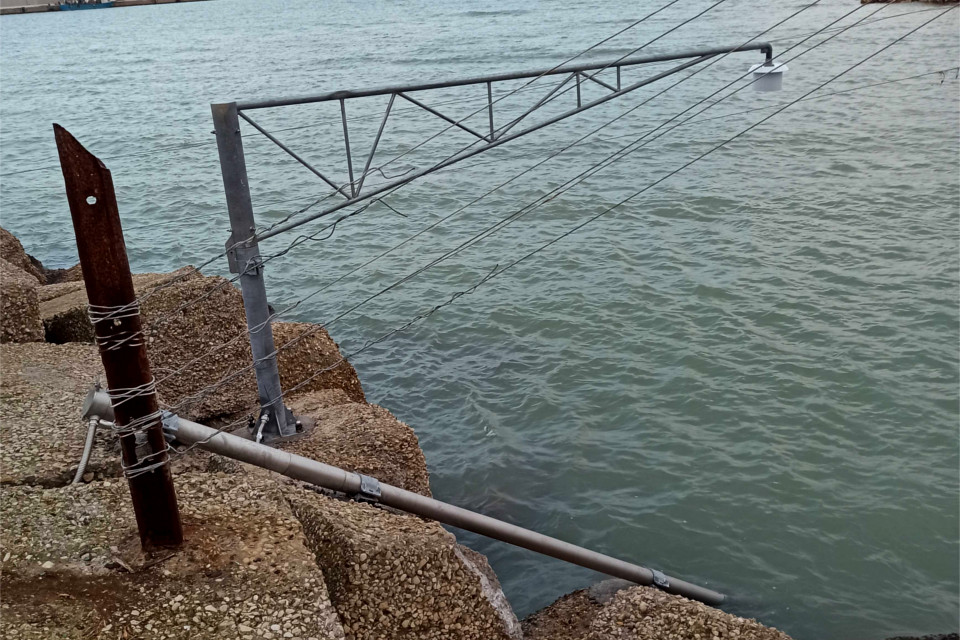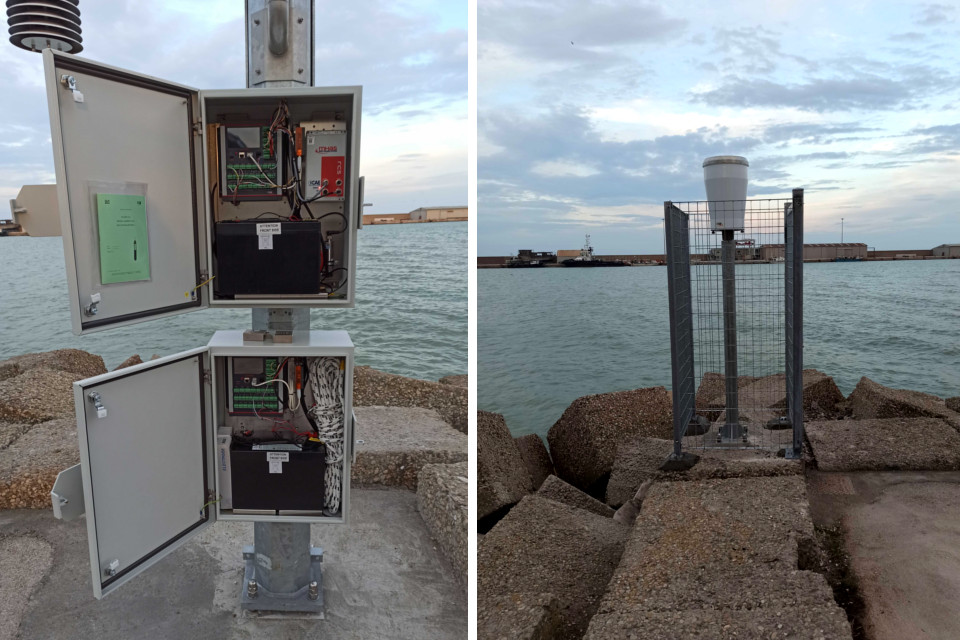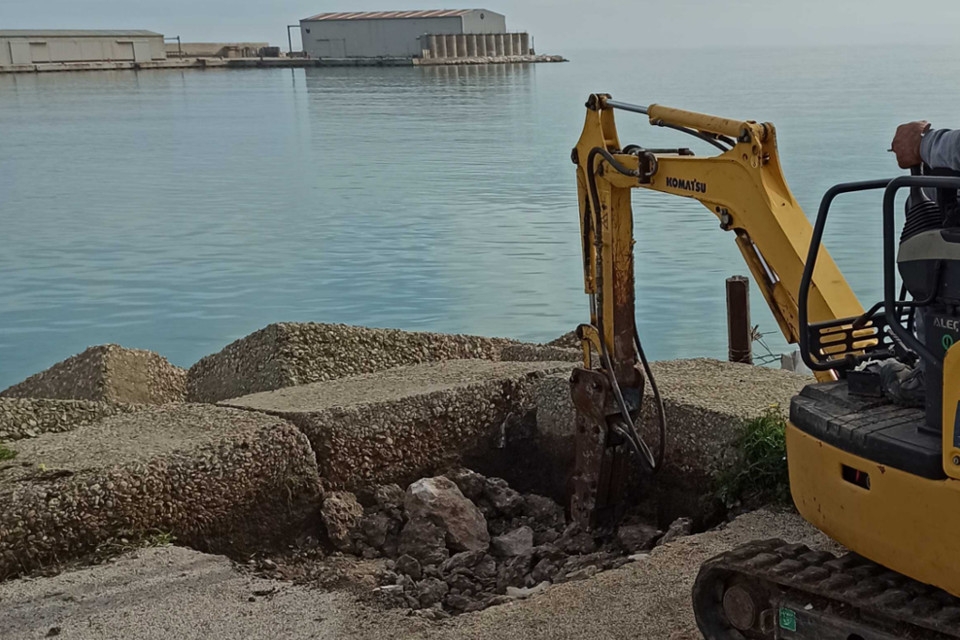Molise Region, Port of Termoli: measurement of meteorological, tidal and sea water quality parameters
Sea water quality, wave measurement and climate change: these themes are intertwined within a virtuous example of collaboration between public Bodies that was developed in the port of Termoli, in the Molise Region, the closest boarding point for the Tremiti Islands that are a tourist destination for people arriving from all over Italy and Europe. In particular, we are talking about two distinct European projects:
1. ADRIACLIM - Interreg Italy – Croatia. Climate change information, monitoring and management tools for adaptation strategies in Adriatic coastal areas;
2. REGLPORTS – Interreg – IPA CBC Italy – Albania – Montenegro. Nautical Tourism Development and Promotion of Regional Ports;
of which the Molise Region and the Municipality of Termoli are respectively partners; the two Bodies accidentally found themselves collaborating for the construction of 2 stations which then converged on the same monitoring site, with the result of reducing the amount of land occupied and the related environmental impact.
The objectives of ADRIACLIM are: to enhance climate change adaptation capacity in coastal areas by developing homogeneous and comparable data; to improve knowledge, capacity and cooperation on climate change observing and modeling systems; and finally, to develop advanced information system, tools and indicators for optimal climate change adaptation planning.
As regards the REGLPORTS project, the overall objective is the development of a common model and plans for the enhancement of nautical tourism in the Programme area. In particular, the project wants to develop nautical tourism in 21 small and medium-sized ports and connect them with inland areas, through alternative tourism activities, related to natural assets, sports and leisure activities, archaeological sites and historical monuments, as well as gastronomy, religion and culture. The main expected result is to facilitate smart and sustainable tourism management, thus boost financial growth and reduce unemployment.
In this context, the Molise Region and the Municipality of Termoli have commissioned CAE to supply, install and activate 1 monitoring station each, which have been positioned as anticipated in a unique monitoring site, thus ensuring a useful optimization of space on the port dock. The installation allows to measure the following parameters:
- meteorological parameters (rainfall, solar radiation, temperature, humidity, atmospheric pressure, wind speed and direction);
- parameters relating to the state of the sea (average sea level, average height of individual waves, average height of the most significant waves, average period of the most significant waves, highest wave, average period of the highest wave);
- parameters relating to water quality (pH, conductivity, water temperature, dissolved oxygen, Redox potential, turbidity).
The technologies used by CAE for the construction of the stations include: CompactPlus datalogger, Thermo-hygrometer, PG10 rain gauge, ultrasonic wave meter, wind speed and direction sensors, pyranometer and a water quality probe, such as the one installed at the Po River in Pontelagoscuro for ADBPO and ARPAE (please, find here the related links).
Specifically, the measurement of rainfall and solar radiation are related to the Municipality station, while the other measurements refer to the station developed by the Region.
Both stations are integrated into the Civil Protection network of the Molise Region: through a UMTS/GPRS connection and UHF radio, they send data to the regional network control centre located at the headquarters of the Regional Functional Centre, in Campochiaro (CB) where they can be analysed and managed with the same methods and procedures as all other regional data. At the same time, a data displaying platform allows access to all information regarding stations and data in real time, through any web browser, even with mobile devices.
Back to the index

